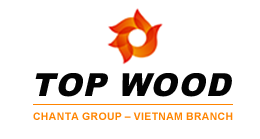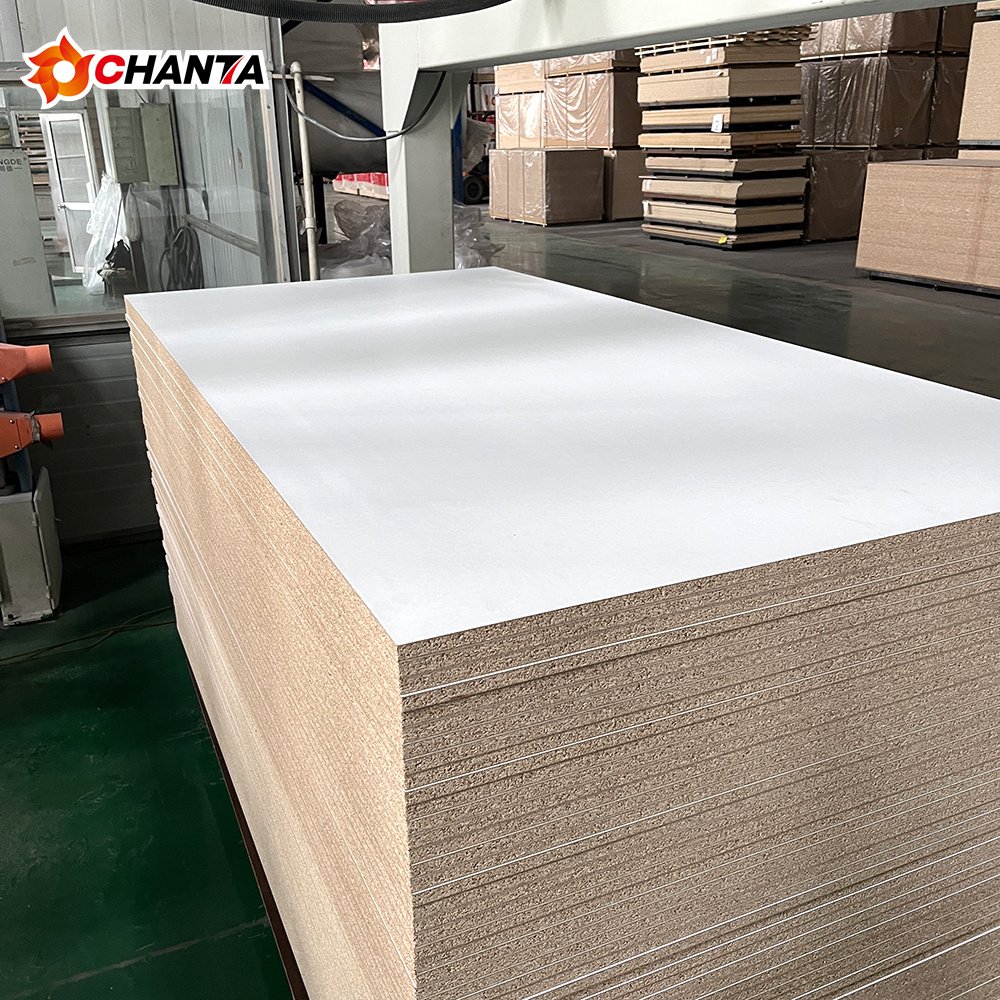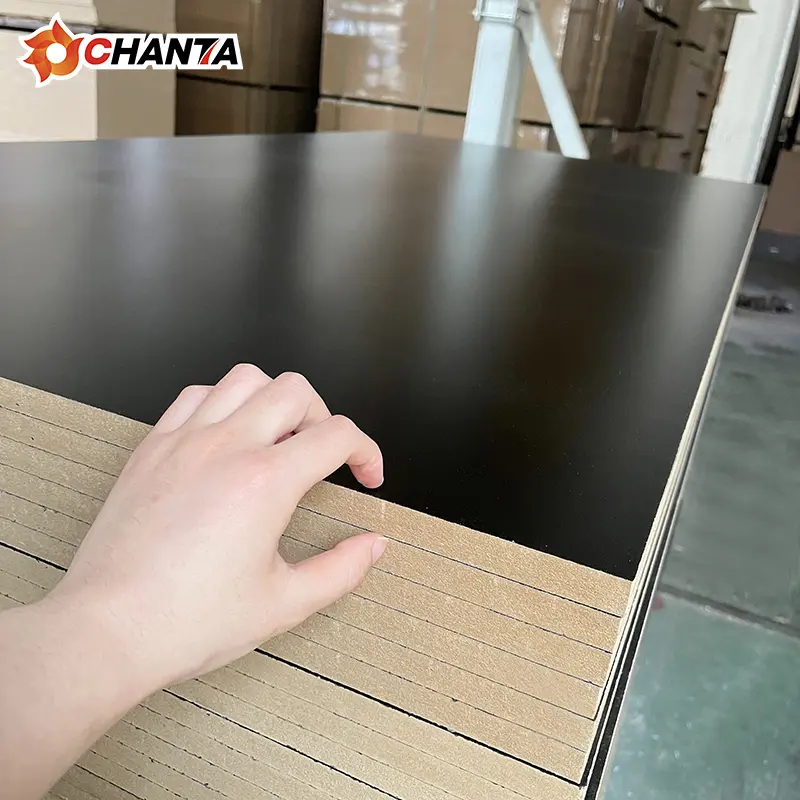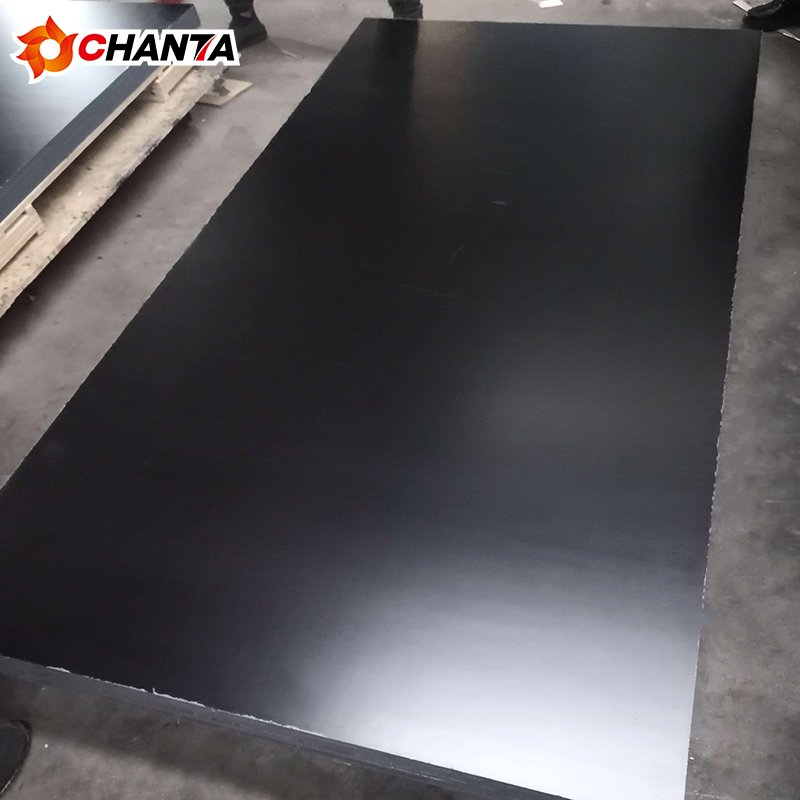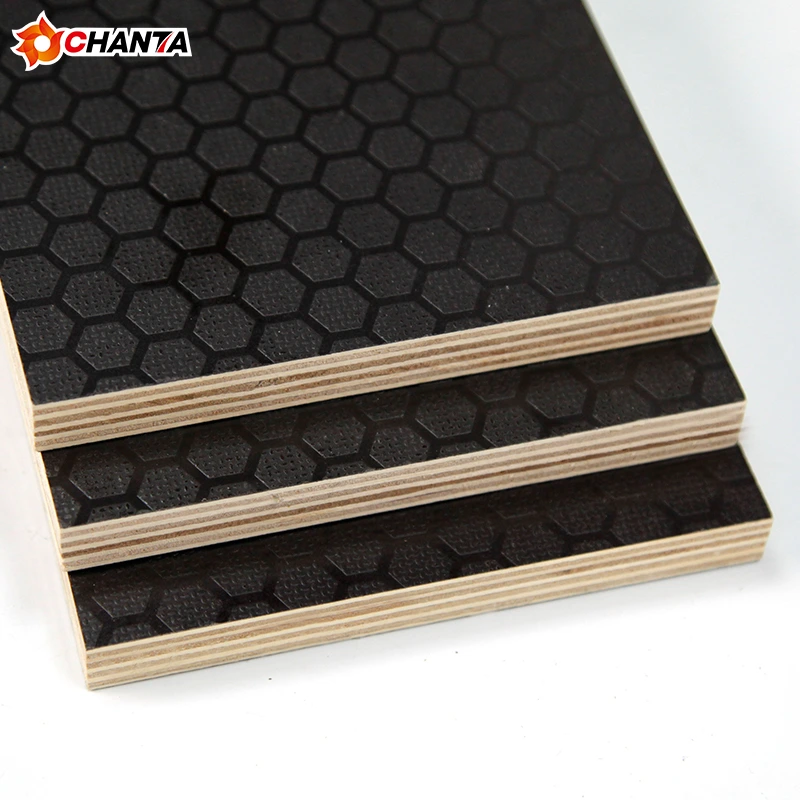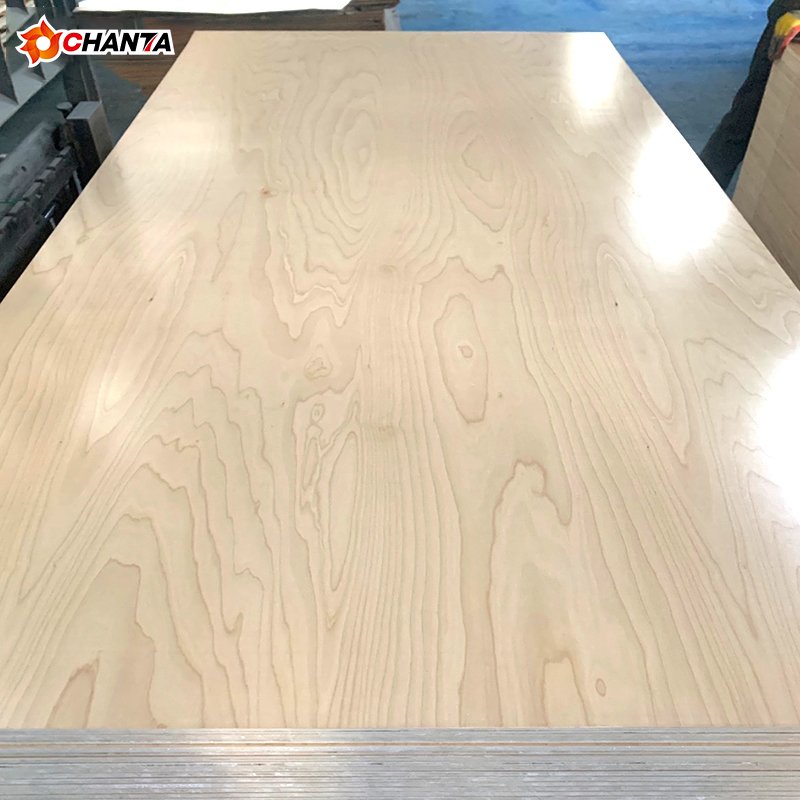Table of contents
- Introduction: Why Film Faced Plywood Pricing Isn’t One-Size-Fits-All
- What Is Film Faced Plywood? (Quick Recap)
- Core Factors That Drive Film Faced Plywood Price
- How Much Does Film Faced Plywood Actually Cost in 2025?
- How to Get Better Value Beyond Just Price
- Red Flags When the Price Seems Too Low
- Final Advice: Smart Buying Strategy for Contractors and Distributors
Introduction: Why Film Faced Plywood Pricing Isn’t One-Size-Fits-All
If you’ve been researching film faced plywood price, you’ve probably noticed significant differences across regions, suppliers, and product grades. Some suppliers quote as low as $5 per sheet, while others exceed $25—even for similar-looking panels.
So, what’s really going on behind the numbers?
Understanding film faced plywood pricing isn’t just about comparing quotes. It’s about evaluating what you’re actually paying for: quality, durability, performance, and reliability on the job site.
In this article, we break down all the key factors that influence the price of film faced plywood, and how smart buyers can make better, cost-effective decisions without sacrificing quality.
What Is Film Faced Plywood? (Quick Recap)
Film faced plywood is a type of concrete formwork panel. It features a high-strength plywood core covered with a resin-impregnated film on both sides—usually phenolic or melamine-based. This film improves waterproofing, abrasion resistance, and concrete finish.
Contractors use it for slab formwork, column molds, scaffolding decks, and industrial platforms.
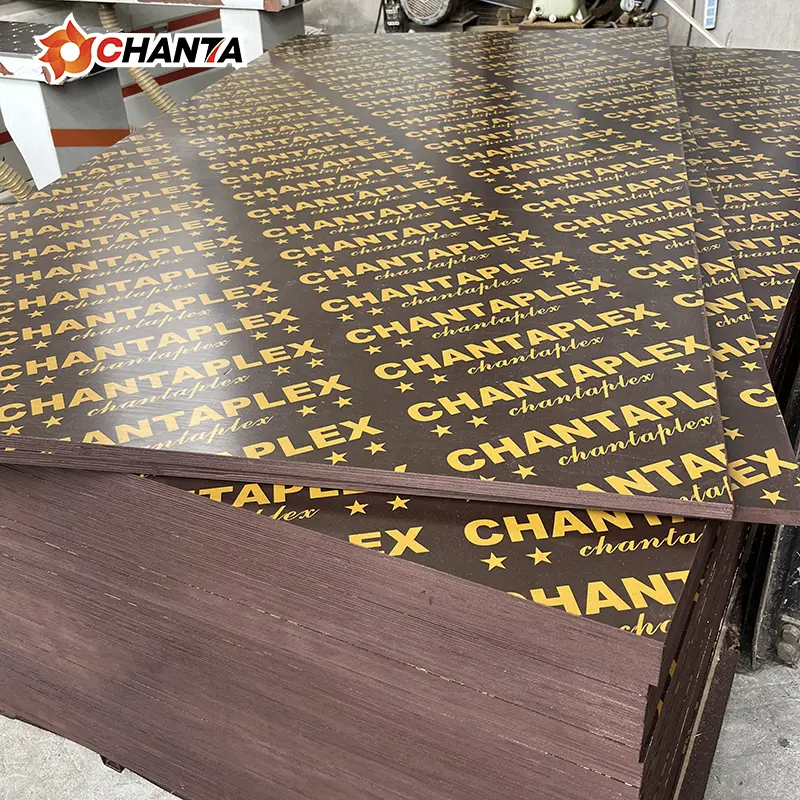
Core Factors That Drive Film Faced Plywood Price
1. Core Material (Cheap vs Strong)
The internal core layers can be made from different wood species, each with unique properties:
- Poplar: Lightweight, low-cost, but lower strength and fewer reuses.
- Eucalyptus: More durable than poplar, mid-range cost.
- Birch/Hardwood Mix: Highest strength and reusability, more expensive.
👉 TIP: Don’t buy based on film type alone—check core details. A cheap price may indicate poplar cores with weak bonding.
2. Glue Type and Bonding Strength
The adhesive between veneer layers plays a crucial role in water resistance and panel durability.
- MR Glue: Moisture-resistant but not suitable for long-term outdoor use. Low cost.
- Melamine Glue: Medium-grade; suitable for up to 6–8 reuses. Mid-priced.
- WBP (Weather & Boil Proof) Glue: Premium choice; withstands boiling water and over 12+ concrete pours. Most expensive.
👉 RULE OF THUMB: Good glue = longer lifespan = lower cost per use.
3. Film Coating Type and Weight
The resin film on both surfaces varies in type and thickness:
- Melamine Film (100gsm): Common, lower-cost, medium water resistance.
- Phenolic Film (120gsm–180gsm): Stronger, highly resistant to abrasion, concrete, and weather.
👉 A thicker, higher-grade phenolic film may increase upfront cost but greatly improves reusability.
4. Thickness and Dimensions
- Standard thicknesses: 12mm, 15mm, 18mm, 21mm.
- Standard size: 1220 x 2440 mm (4’ x 8’).
Thicker panels cost more but support heavier loads and more reuses—especially in bridge formwork or high-rise slab pouring.
5. Edge Sealing and Finishing
Well-sealed edges prevent moisture penetration, delamination, and fungus development. Panels with waterproof paint or factory sealing have a higher price but save money in the long run.
6. Market and Logistics Costs
Prices vary greatly depending on:
- Country of origin (e.g., China, Russia, Vietnam, Indonesia)
- Shipping and import tariffs
- Local taxes, warehouse storage, and delivery distance
👉 In some regions, logistics may add up to 30–40% to the total cost per sheet.
How Much Does Film Faced Plywood Actually Cost in 2025?
Here’s a rough price range for 1220x2440mm, 18mm panels:
| Grade | Core | Glue | Film | Reuses | Price (USD/sheet) |
|---|---|---|---|---|---|
| Economy | Poplar | MR | Melamine | 3–4 | $6–$8 |
| Mid-Grade | Eucalyptus | Melamine | 120gsm phenolic | 6–8 | $9–$12 |
| High-End | Birch/Hardwood | WBP | 160gsm phenolic | 10–15 | $13–$20+ |
🟡 Prices may fluctuate based on container rates, raw material costs, and currency shifts.
How to Get Better Value Beyond Just Price
Price is important, but total cost per use matters more. For example:
- A $7 panel used 3 times = $2.33 per use.
- A $15 panel used 10 times = $1.50 per use.
High-quality plywood reduces waste, labor downtime, and safety risks. Over time, you actually spend less.
👉 Ask suppliers for reusability reports, core photos, and glue test certifications.
Red Flags When the Price Seems Too Low
If a supplier quotes far below the market rate, watch out for:
- Mixed or hollow cores
- Unsealed edges
- Fake phenolic film (painted paper)
- Overstated reusability claims
- No after-sales support
Always ask for a physical sample, or use a third-party quality inspector before mass purchase.
Final Advice: Smart Buying Strategy for Contractors and Distributors
To get the best deal:
- Compare cost per use, not per sheet.
- Buy from verified exporters or manufacturers, not trading companies without a factory.
- Place larger orders in off-peak seasons to enjoy better pricing.
- Consider long-term relationships for consistent quality and discounts.
For high-frequency buyers, customizing specs (e.g., core mix, glue ratio, film color) often reduces price per sheet by 8–15%.
Conclusion: Film Faced Plywood Price Reflects More Than Just Numbers
Film faced plywood is a technical product, and its price reflects many layers—literally and metaphorically. By understanding what goes into pricing—from core composition to shipping—you can make smarter, safer, and more profitable decisions.
Always think beyond price tags. The best choice is the one that balances cost, performance, and reusability in your specific project context.
